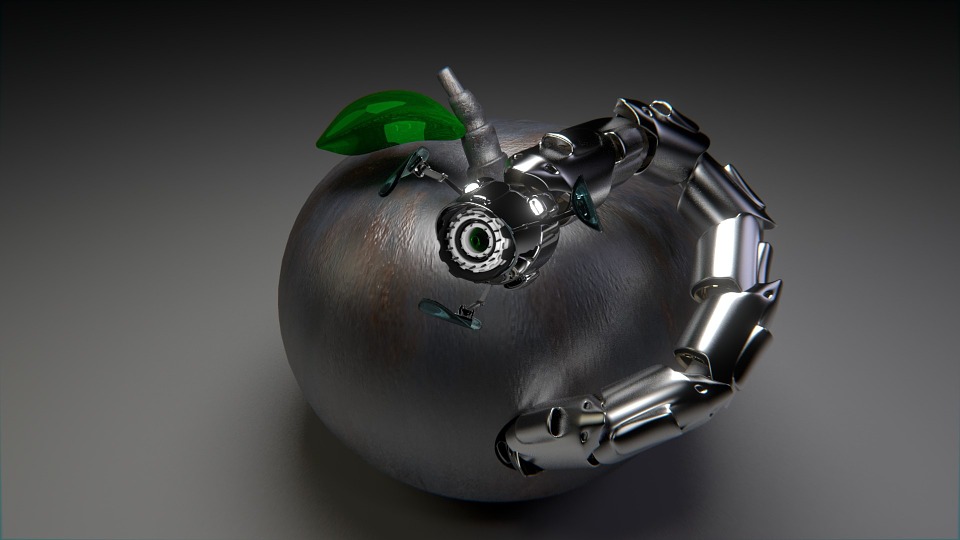
Advertisement
The rapidly expanding field of robotics has already produced some surprising innovations, but it’s difficult to think of anything more unexpected than what a Swiss research team has recently unveiled: an edible robot.
Researchers from Intelligent Systems Laboratory at Ecole Polytechnique Fédérale de Lausanne (EPFL) described their work with gelatin-based actuators, which could lead to the development of fully-digestible robots that could be used in a number of applications.
Actuators are the components in machines that are responsible for movement. But unlike the typical metal joinery that’s powered by a motor, these edible gelatin actuators are filled with air or fluid or react to chemicals, which cause them to move.
Combining these actuators with other advancements in edible electronics — batteries that can safely pass through a digestive tract, or chips and cameras that are already on the market that can be ingested — could one day make for a fully edible robot.
The edible robots could be used to deliver medicines to a targeted area of the body and could even be joined in pairs to create gripping devices. Other potential uses of the technology include the development of edible robots that can travel over distances, delivering food or medicine to those in need.
“Edible robots can be biodegradable, biocompatible, and environmentally sustainable with none or lower level of toxicity,” according to the team. “These edible actuators [mechanic parts], combined with other recent edible materials and electronics, could lay the foundation for a new type of edible robots.”

The development of the edible actuators is part of the team’s continuing research into soft robotics – “a sub-field of robotics inspired by nature that [makes] for components that better comply with their environment.”
One possible application might be edible robots that can use the human body’s internal chemical reactions to provide movement. Another potential use of the technology might be to use the edible robots to carry and deliver other edible but non-digestible electronic devices that can be passed safely through the system.
In 2016, researchers from Massachusetts Institute of Technology and the University of York developed and “origami robot” made out of dried pig intestines.
The origami robot consisted of two layers of the dried pig intestines, in between which was placed a magnet covered in a biodegradable shrink wrap film. The film, when heated, shrinks and allows the robot to maneuver its way through the stomach, where it can attach to and remove dangerous swallowed items such as batteries.
Other edible electronics have been developed, such as tiny cameras that can detect issues that scopes might miss. In the future, it’s likely that fully digestible electronic devices will be created that could work well in tandem with the edible robotic technology introduced by the Swiss research team.
The EPFL team readily admits that it hasn’t yet had a chance to fully grasp the potential of their creation, but it seems clear that a number of practical applications will emerge from their research.
From full-sized military robots to miniaturized nano-robots, the world of robotics is expanding so rapidly that it’s nearly impossible to predict where it will all lead in the future. Robotics – like any technology – can be put to use for both peaceful and destructive ends. These technologies have the potential to both save and destroy lives.
It’s up to us to choose whether or not robotics play a positive or negative role in our future, and now is the time to come to grips with the issues – because once the technologies are unleashed, it may prove difficult or even impossible to reverse their course.
We must make sure that robotics serve to make our lives better overall – and that may prove to be a real challenge.
Sources include:
Arvix.org [PDF]
Submit a correction >>
This article may contain statements that reflect the opinion of the author
Advertisement
Advertisements
















